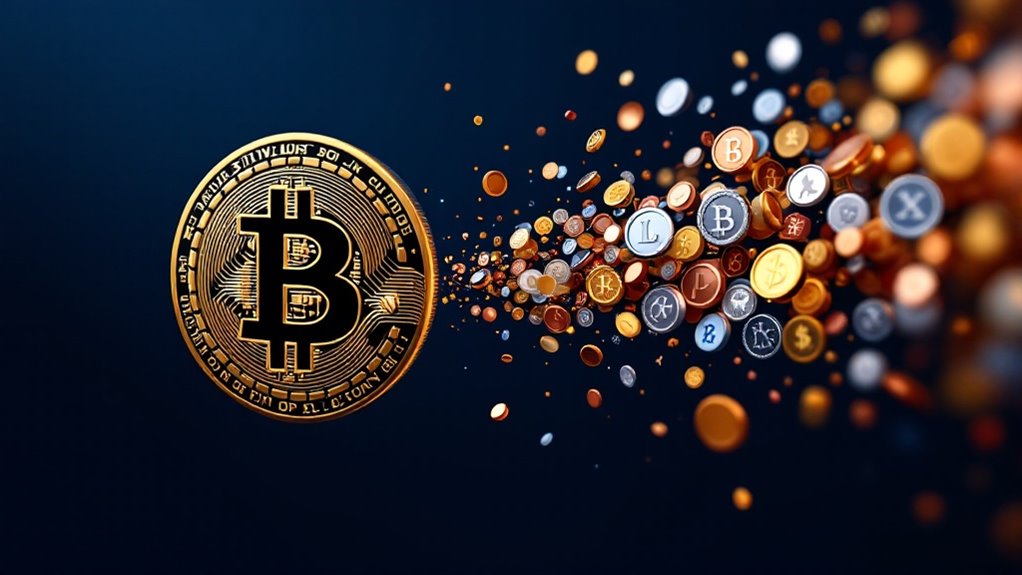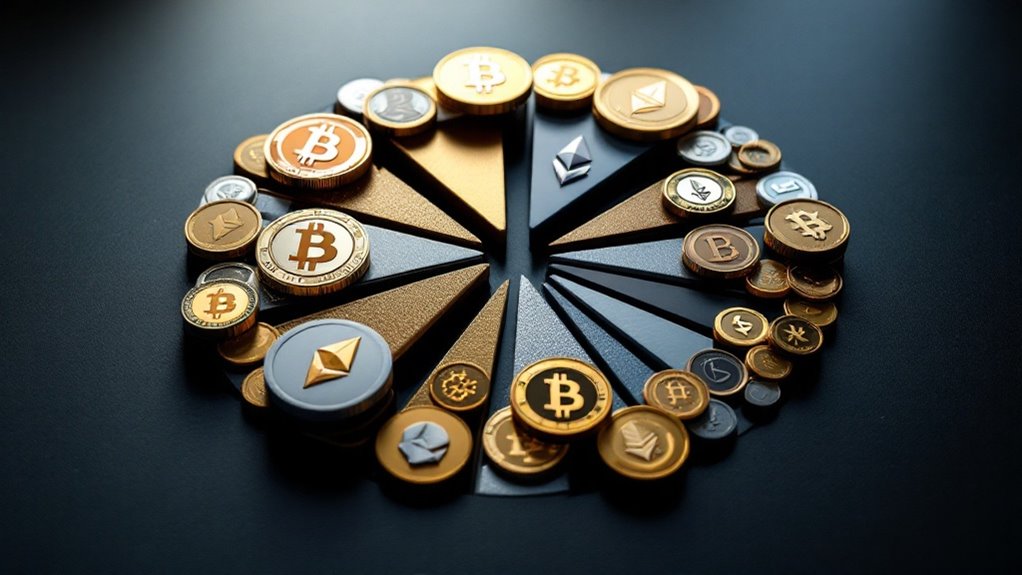NFTs are unique digital certificates that prove ownership of virtual assets, from artwork to virtual real estate, using blockchain technology. Like digital passports, they contain encrypted information that can't be duplicated or forged. While often associated with high-value art sales, most NFTs actually trade for under $200. The technology is evolving beyond simple collectibles, transforming how we think about digital ownership and value in an increasingly virtual world.

The digital art world experienced a seismic shift when non-fungible tokens (NFTs) burst onto the scene, transforming how people think about ownership in the virtual sphere. These unique digital assets, secured by blockchain technology, represent something akin to digital signatures etched in stone – permanent, verifiable, and impossible to replicate. Like snowflakes in the digital domain, each NFT carries its own distinct properties and identifiers.
At their core, NFTs function as certificates of authenticity for digital or physical items, much like a deed to a house or a signature on a painting. They're built primarily on the Ethereum blockchain, using specialized standards that guarantee each token remains unique and indivisible. Think of them as digital passports, carrying vital information about an asset's origin, ownership history, and special characteristics. The creation of NFTs involves a minting process that encrypts the asset's information onto the blockchain. Investors need to understand that NFTs differ fundamentally from cryptocurrencies since one NFT never equals another NFT in value or properties.
The NFT marketplace has evolved into a fascinating ecosystem where digital art can sell for millions while most transactions remain surprisingly modest – over half of all sales fall below $200. This peculiar dynamic mirrors the traditional art world's contrast between headline-grabbing masterpieces and accessible street art. The market's explosive growth, projected at a 34.5% annual increase through 2030, speaks to both its potential and its volatility. Recent data shows the market has reached a remarkable 73 billion dollar global market cap.
The NFT market's stark contrast – from million-dollar masterpieces to $200 everyday trades – mirrors fine art's familiar high-low divide.
Beyond the sphere of digital art, NFTs have found practical applications in gaming, event ticketing, and even identity verification. Virtual real estate in metaverse platforms trades hands through NFTs, while forward-thinking organizations explore their use for membership passes and exclusive access tokens.
However, this digital frontier isn't without its thorns – environmental concerns about energy consumption, copyright disputes, and the occasional snake oil salesman cast shadows over the technology's promise.
As NFTs continue their journey from crypto curiosity to mainstream tool, they're gradually finding their footing in traditional industries. The technology's future appears increasingly tied to practical utility rather than pure speculation, with major brands and institutions dipping their toes into these digital waters.
Like any transformative technology, NFTs face the challenge of balancing innovation with responsibility, speculation with substance, and digital ownership with real-world value.
Frequently Asked Questions
How Do I Create and Sell My Own NFT?
Creating and selling NFTs requires choosing a digital asset, selecting a blockchain platform, setting up a crypto wallet, minting the NFT on a marketplace, and listing it for sale with promotional efforts.
Can NFTS Be Stolen or Hacked From My Digital Wallet?
Yes, NFTs can be stolen through phishing attacks, compromised social media accounts, malicious smart contracts, and wallet hacks. Using hardware wallets, enabling two-factor authentication, and avoiding suspicious links reduces theft risks.
Which NFT Marketplaces Are the Most Reliable and Secure?
OpenSea, Binance NFT, and Foundation are considered among the most secure NFT marketplaces, offering robust features like multi-factor authentication, cold storage, and regular security audits to protect user assets.
Are NFTS a Good Long-Term Investment Opportunity?
While NFTs show significant growth potential through 2030, they remain highly speculative investments. Success depends on careful research, focus on utility-driven projects, and understanding that risks include market volatility and regulatory uncertainty.
Why Do Some NFTS Sell for Millions While Others Remain Worthless?
High-value NFTs combine strong creator reputation, proven scarcity, and significant market demand. Worthless NFTs typically lack these essential elements, having minimal utility, unknown creators, and insufficient marketplace interest or perceived value.









